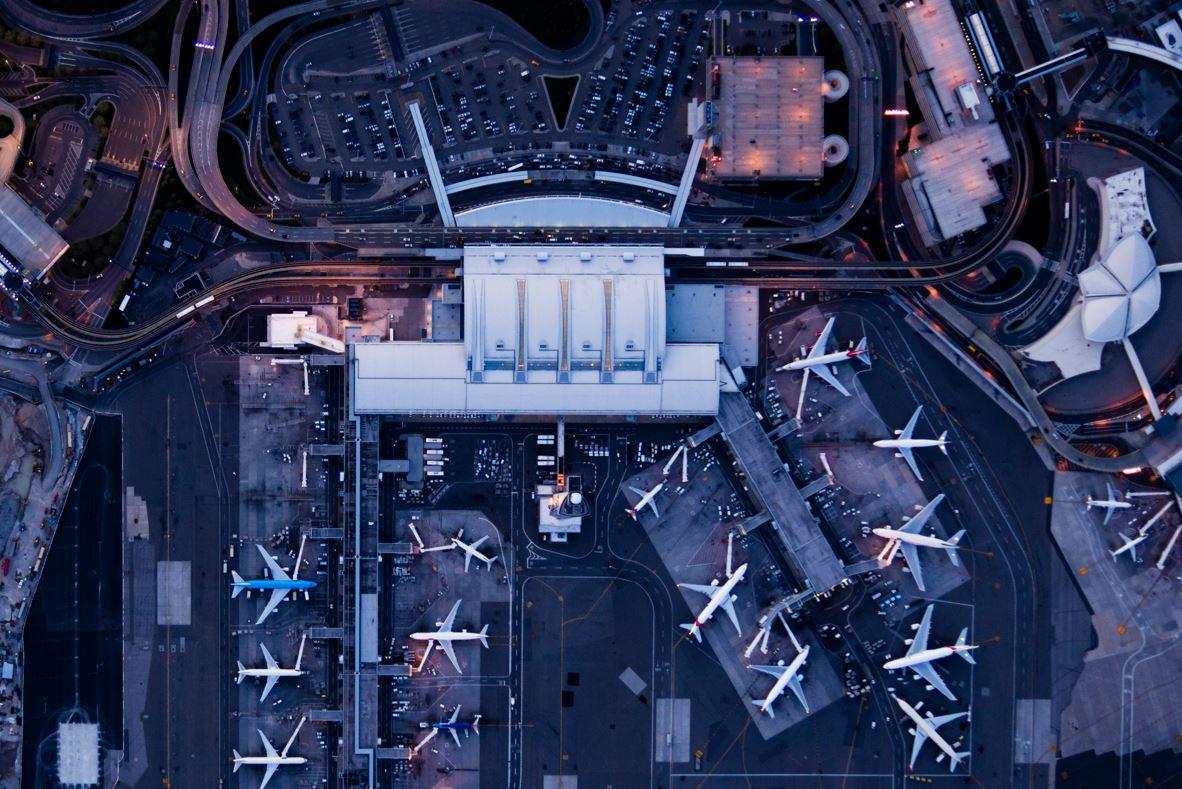Analysis Seeks To Measure U.S. Air Service ‘Quality’

Credit: Michael H. / Getty Images
As the U.S. air travel market continues to splinter, airports must view air service differently, accepting that old metrics such as hub connectivity may not be the best way to evaluate a community’s service quality. That’s the thesis behind a new study from consultants Swelbar-Zhong that attempts to...
Subscription Required
This content requires a subscription to one of the Aviation Week Intelligence Network (AWIN) bundles.
Schedule a demo today to find out how you can access this content and similar content related to your area of the global aviation industry.
Already an AWIN subscriber? Login
Did you know? Aviation Week has won top honors multiple times in the Jesse H. Neal National Business Journalism Awards, the business-to-business media equivalent of the Pulitzer Prizes.




